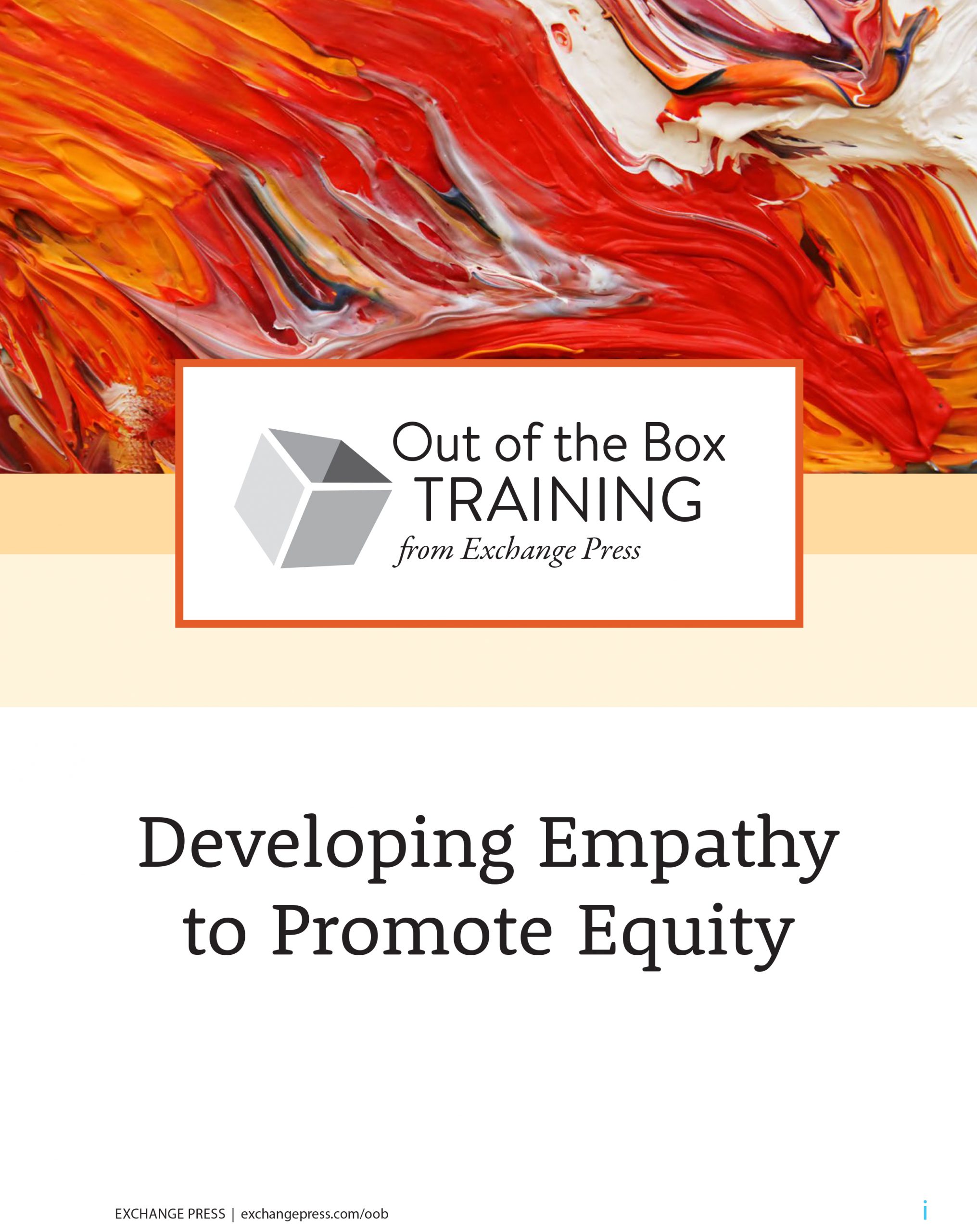ExchangeEveryDay Past Issues
 << Previous Issue
| View Past Issues | | Next Issue >>
<< Previous Issue
| View Past Issues | | Next Issue >> -Rebecca Solnit, American Writer
In the Out of the Box Training, “Developing Empathy to Promote Equity,” authors Lea Ann Christenson, Leah S. Muccio, and Kevin McGowan share the three building blocks of empathy: cognitive, affective, and behavioral, as identified by Lam, Kolomitro, and Alamparabil (2011):
“From a cognitive perspective, teachers begin to focus their thinking on slipping into the shoes of students and their families. The affective component of empathy is when a teacher can imagine what a child and her family are going through and how they feel from a physiological perspective. The behavioral component involves a teacher’s verbal and nonverbal cues, which signal her understanding of what children and their families are going through and possible actions to mitigate negative experiences.”
Understanding these building blocks provides the framework for growing an empathetic practice, guiding how teaching and caring professionals interact with children and families, which Christenson, Muccio and McGowan link to developmentally appropriate practice, anti-bias education; family and community-centered practices, and brain-based learning.
According to Lauren Owen on Edutopia.org, building an empathetic classroom practice fosters positive relationships between teachers and students and among peers. Owen cites research showing empathy is linked to everything from cross cultural communication to test scores and job performance.
Developing Empathy to Promote Equity |
ExchangeEveryDay
Delivered five days a week containing news, success stories, solutions, trend reports, and much more.
What is ExchangeEveryDay?
ExchangeEveryDay is the official electronic newsletter for Exchange Press. It is delivered five days a week containing news stories, success stories, solutions, trend reports, and much more.



Post a Comment